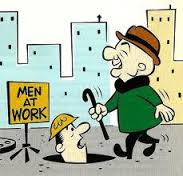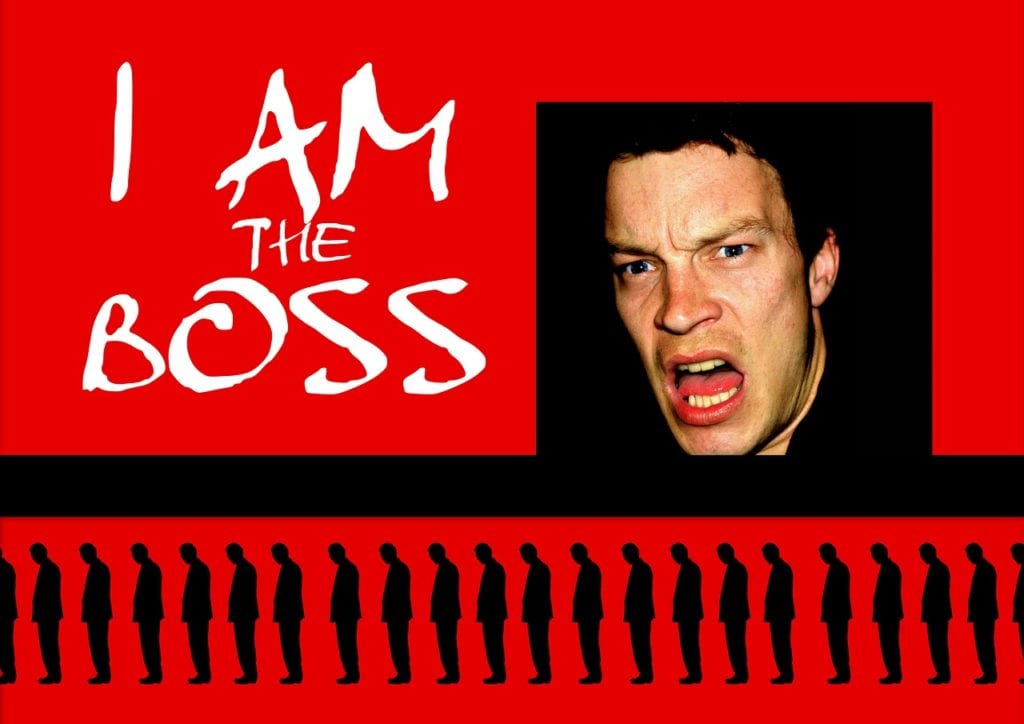Positive Reinforcement of Undesirable Behavior
In this article I am taking on a topic often discussed in my leadership programs more often than in my situational awareness programs – motivation. I’m not going to get in to depth on the topic of motivation as it takes me a solid four hours in a classroom session to demystify the topic and […]
Positive Reinforcement of Undesirable Behavior Read More »










